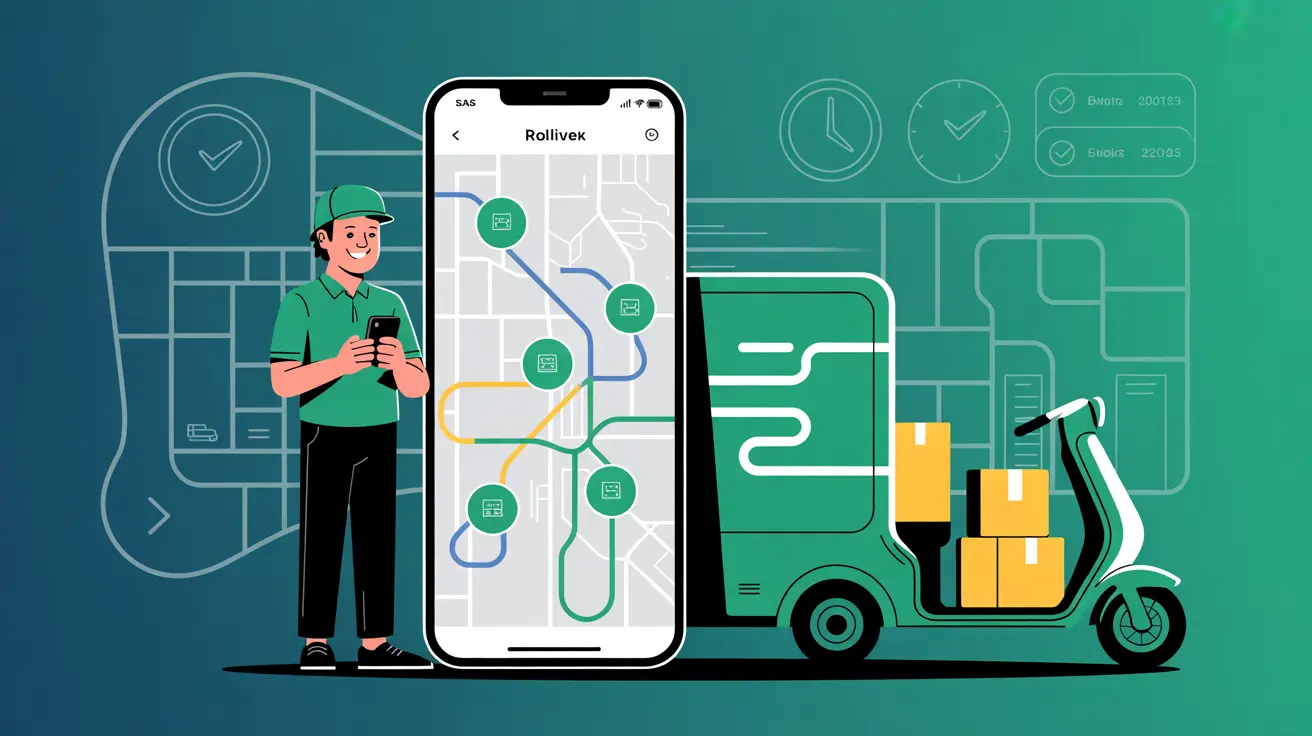Why can't I solve route optimization with ChatGPT?
%20(11).webp)
In recent years, artificial intelligence has taken gigantic strides and tools such as ChatGPT have become increasingly popular. It's common for many companies to ask themselves:
”Can I use ChatGPT to solve my logistics and route planning problems?” The short answer is: Not at all. And in this article, we explain why.
What is ChatGPT and what is it for?
ChatGPT is a language model trained to understand and generate text in a coherent way. It's ideal for tasks such as:
- Compose automated emails or messages.
- Respond to customer inquiries in natural language.
- Help understand complex documentation.
- Identify conversational or behavioral patterns.
In short, ChatGPT shines in unstructured processes or contexts where human language is key. But that doesn't mean it's the right tool for solve a mathematical route optimization problem.
What is route optimization and what does it require?
Route optimization is a highly structured process that involves complex calculations to determine the most efficient path for making multiple deliveries or visits. It takes into account variables such as:
- Traffic and estimated times.
- Vehicle capacities.
- Delivery time windows.
- Operating costs and service priorities
Solving this type of problem requires specialized algorithms that belong to another field of artificial intelligence: Operational research or mathematical optimization.
Tools like Routal use optimization engines specifically designed to plan routes efficiently, something that an LLM like ChatGPT is not prepared to do.
Where can an LLM such as ChatGPT provide value?
Although you can't decide which is the best route for a delivery, ChatGPT can bring a lot of value to the logistics chain. For example:
- Personalized communication with the customer: Generate proactive messages about the status of the order, answer frequent questions or send automated satisfaction surveys.
- Understanding the business context: ChatGPT is very useful for understanding the problem faced by a distribution company and helping to translate it into a technical need.
- Conversational analysis: Detect patterns in customer complaints or understand which areas generate the most friction.
At Routal, for example, we use ChatGPT to improve our interaction with users and to understand more precisely the challenges they face. This allows us to offer solutions that are more aligned with your real needs.
Optimization and language: two complementary pillars
Both LLMs and optimization engines They are part of the big artificial intelligence family, but they are designed to solve very different types of problems:
Optimization engines: Solve structured problems such as planning routes, minimizing costs and organizing resources.
Language Models (LLM): Understand natural language, assist in decision-making, facilitate interaction with people.
Combining both technologies is where the real magic lies.
Try it yourself
At Routal we have integrated processes that take advantage of the power of ChatGPT to better understand the objectives of our clients and, from there, use our optimization engines to design efficient and sustainable routes.
If you are a mass-market company or you have hair and last mile processes, we encourage you to try out how artificial intelligence can help you: reduce delivery times, improve customer experience and optimize your costs.
Technology is here to help, but choosing the right tool for each task is what really makes the difference.



%20(22).webp)
%20(12).webp)

%20(17).webp)


.png)


